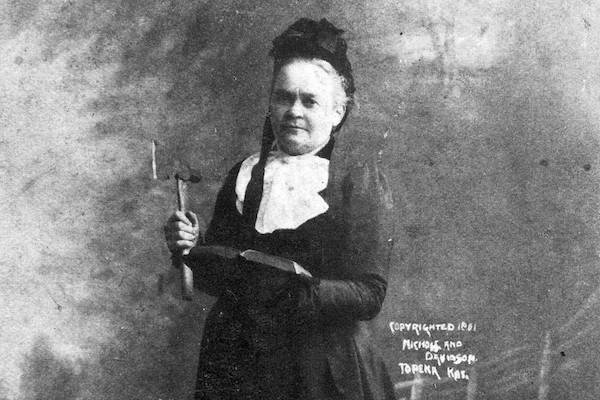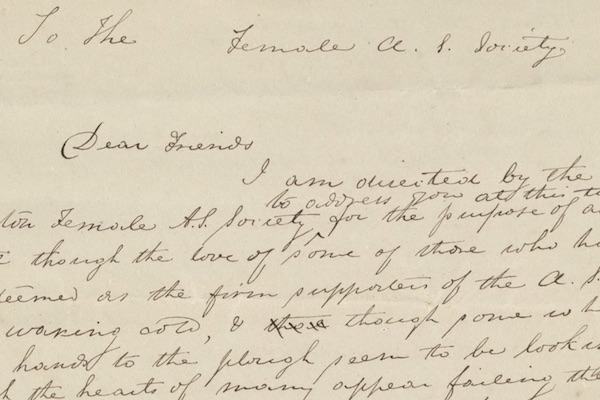In 1883, Sir Francis Galton, a nineteenth-century English social scientist, statistician, and psychologist, coined the term “eugenics” from the Greek word eugenes, meaning well-born. The practice of eugenics aims to improve the genetic quality of a human population through selective breeding—encouraging reproduction for the “strongest” humans while discouraging reproduction for the “weakest” humans. Cultural, social, and scientific ideas of the late nineteenth-century informed how eugenicists identified desirable and undesirable genetic traits. According to these eugenicists, the “strongest” humans were typically white (from northern and western Europe), healthy, and wealthy. The “weakest” humans were typically non-white (or white from southern and eastern Europe), poor, physically or mentally disabled, or considered criminally or sexually “deviant.”
In the late nineteenth and early twentieth-century United States, eugenics programs received widespread public support. They took two approaches: positive and negative eugenics. Positive eugenics encouraged healthy people perceived to have above-average intelligence to reproduce. Negative eugenics, the predominant form in the US, discouraged reproduction and advocated sterilization for those perceived to have undesirable traits. Sterilization is a permanent method of birth control that uses surgical procedures to eliminate an individual’s ability to reproduce. In negative eugenics programs, sterilization was often performed involuntarily on patients, sometimes without the patient’s knowledge of the consequences.
Eugenics programs were supported by legislation, court rulings, and powerful promoters. An early advocate of eugenics, Harry H. Laughlin, Director of the Eugenics Record Office at Cold Spring Harbor, New York, supported compulsory state sterilization laws and significantly shaped negative eugenics legislative policy in the United States. Margaret Sanger, a strong advocate for women’s reproductive rights, was also a supporter of the eugenics movement. Known as the founder of the Birth Control League that later became Planned Parenthood, Sanger specifically supported the sterilization of those considered mentally unfit. Eugenics programs in states like California and North Carolina sterilized thousands of people and provided models for Nazi Germany’s eugenics work.
This primary source set explores the eugenics movement to help readers analyze how racism, sexism, classism, and ableism (discrimination against people with disabilities) influenced eugenics laws and programs in the United States.




























































